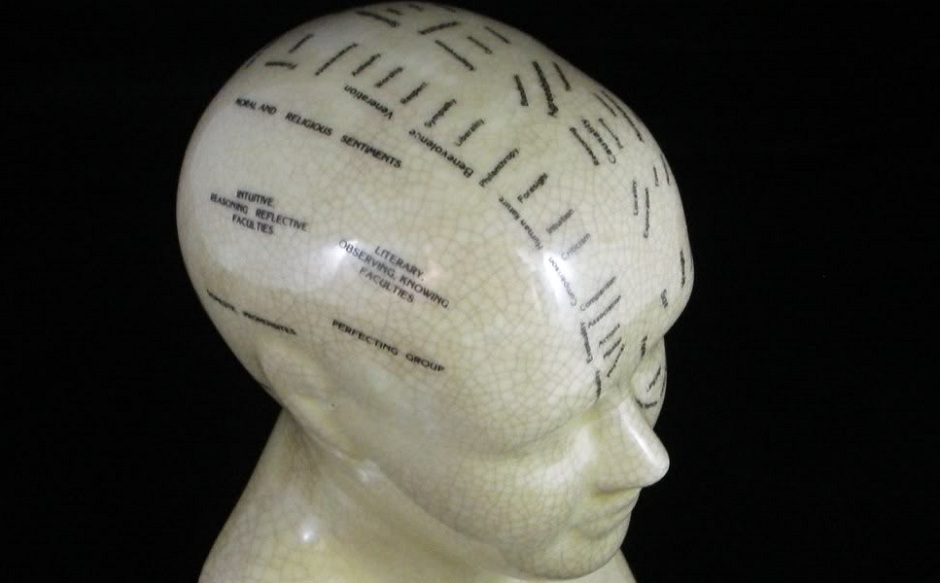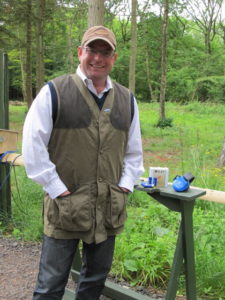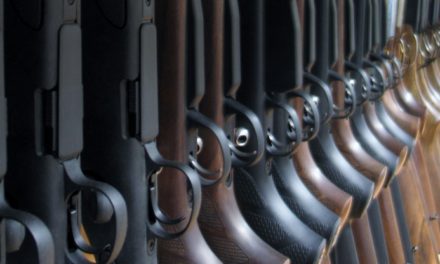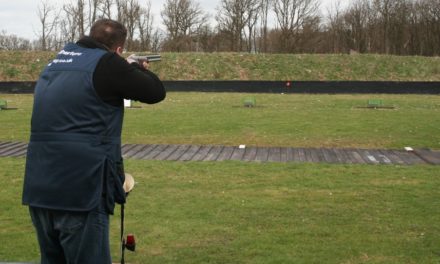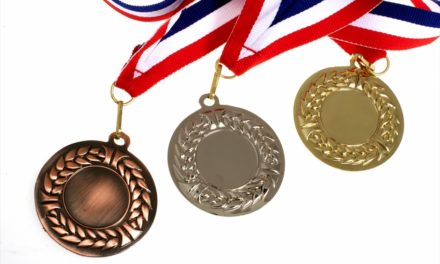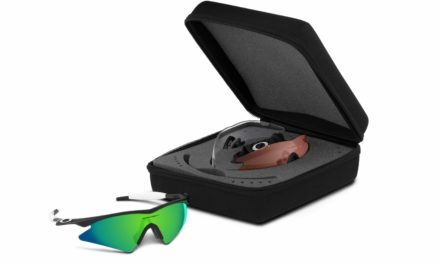The ShootClay team are pleased to welcome back guest poster Phil Coley for the second part of his 10 part guide to Clay shooting success. Part one of this guest blog is here
The psychological aspects of Clay Shooting can affect anyone, from the casual straw bale shooter competing against their friends right through to the Olympian competing for their fourth straight round – the prize might be bigger, but the principles of concentration are just the same.
In this post – I’ll talk you through the second half of tips for English Sporting – these are part of a much bigger programme of Clay Shooting Psychology which can be accessed through my website.
Sporting Top 10 Mental Tips – Part Two
- Pressure cooker – does the pressure get to you? Do you get tense over shooting the next pair, especially when you are on a straight? Many shooters experience this and, in Sporting, this is equally true. You shot the other targets so why should you not hit the next? It takes the slightest change in your routine and your movement to miss, even with all that lead from your cartridge. The key when dealing with the pressure is to control it, or keep to a routine. When you let your mind wander for the slightest moment then you have broken the routine which is why you miss. You have broken the state of focus you were in. The key is to be talking to yourself with simple keywords, look at the target – establish two or three words you want to use and speak to yourself in your mind. This is a very simple self-talk exercise. Even if you use the words move-mount-shoot or, as many do with pheasant, bum-belly-beak. Using words is using your concentration, and you can only focus on one thing at a time. Try talking on a subject and reading from a book on a different topic at the same time – can you do it?
- Keeping score – why? Do you keep score when you are shooting? The key here is to see what purpose this serves for you and what level you are shooting at. It comes back to always being in control of what you are doing. The view point is that your score is your score. If you perform to your best then you score what is the best for you. If you look at the very top shots they have a rough idea of what the field is scoring, but equally they don`t need a kick to perform at their best (generally), the decision to perform is based on preparation, confidence, self belief and the mental toughness on the day. In real terms the top shot is going to be near the top of the field 9 times out of 10, the position is determined on how they shoot the round in the day. You will always add pressure if you are adding your score through the day. You will get to the final round or stand knowing that a straight will give you x,y or z. That just adds a huge amount of pressure; you drop targets and your score disappoints you. That is why setting your goals according to you standard and adding a target or two more will see a greater progress.
- Shooting in a squad FITASC – the FITASC squading brings a new dimension to many shooters. Having to shoot in a squad brings a question of tempo to your shooting. The tempo you shoot is dictated by you – this is where many shooters get pushed along by a squad. You are either swept along by others or feel you should speed up. You need to train for squad situations; get yourself a tempo that you always use, and feel you have control on your tempo. You can train for this and make it happen for you. When you train, train as if you are in a squad, take time between your turn to shoot – this might sound silly but you can do this when you are at a ground, especially if you are shooting on your own and potentially using a Claymate system – you are only paying for clays.
- Mental warm up. It is key to go through a mental warm up routine before you shoot, even if it is a final thought process of your routine on the stand and entering the bubble. It also is very important that you don`t change your routine that you normally use – unless, of course, it really doesn’t work for you. For this you need to use visualisation, practice a few shots in your mind, get your gun out and being ready with everything you want to shoot with. Many people stick to a superstition of a particular glove, towel or cartridge – a superstition can act as a key to focusing, so they can be really useful.
- Record Book – where you can keep a record book or journal for your shooting. This is a really helpful way to work through the clay shooting routines, keep an eye on scores and make notes on challenges from a technical and mental point of view. There are evaluation forms found in the Clay Shooting Success Handbook.
For full details of Phil Coleys programme for success in Clay Shooting – check his site here

